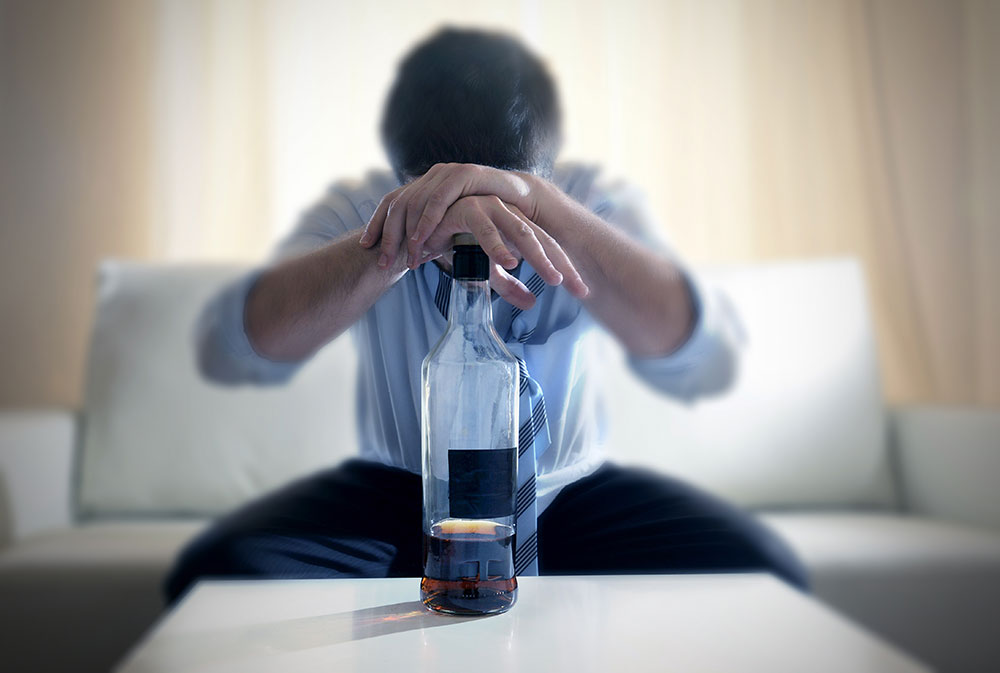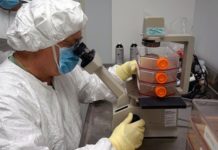consumption, but the American Cancer Society recommends no more than one drink a day for women and two for men. Heavier drinking can also lead to other health and social problems, according to the National Institute on Alcohol Abuse and Alcoholism.
A 2014 survey by the National Institute on Alcohol Abuse and Alcoholism found almost 25 percent of people ages 18 or older reported that they had been involved in binge drinking in the past month. The same year, over 16 million U.S. adults had Alcohol Use Disorder (AUD) — more than 10 million men and almost 6 million women.
About 88,000 people die every year from alcohol-related causes. It was the fourth leading preventable cause of death in the U.S. In 2014, and almost 10,000 deaths were attributed to alcohol-impaired driving; that’s 31 percent of all driving deaths.
Reducing the risk
There is good news, though.
The risk of cancer for those who quit drinking will fall back to risk levels similar to those who have never drunk after 20 years, according to Connor. The World Health Organization’s International Agency for Research on Cancer reached similar conclusions in its 2014 World Cancer Report.
Although there are many things that can be done to reduce the risk of developing cancer, alcohol habits are a great place to start, as cutting back on drinking not only reduces the risk of cancer, but also saves money, frees up time for other activities, and can help to cope with work and social problems.
















